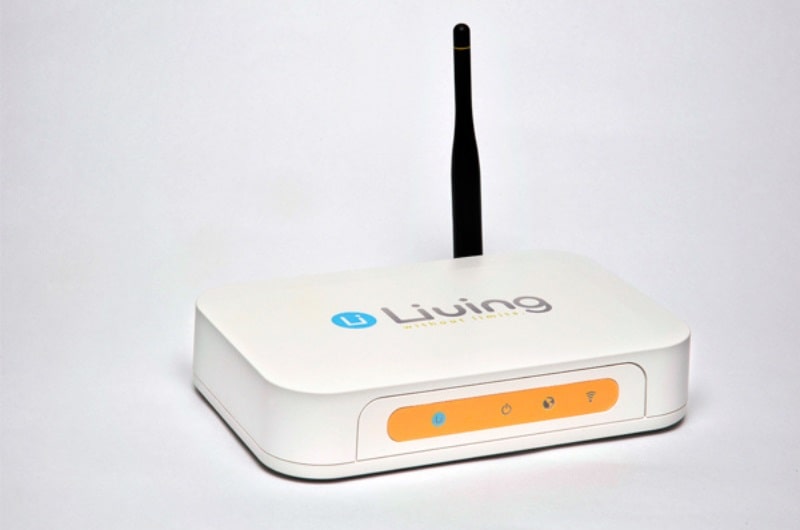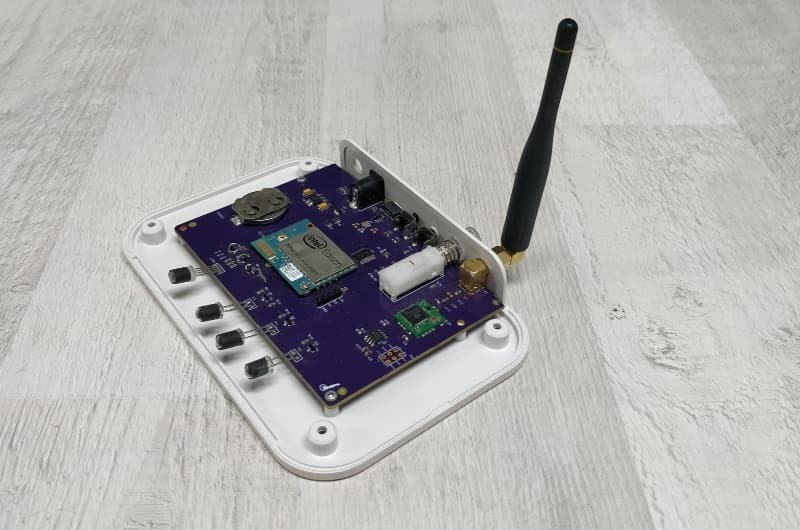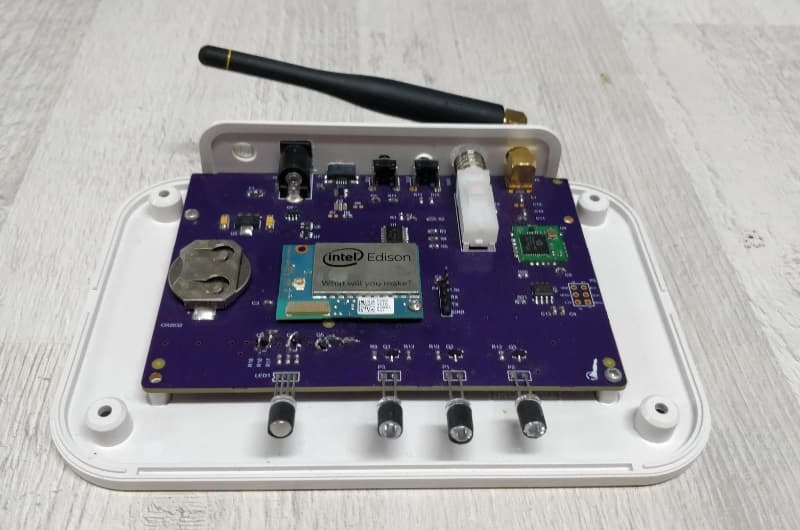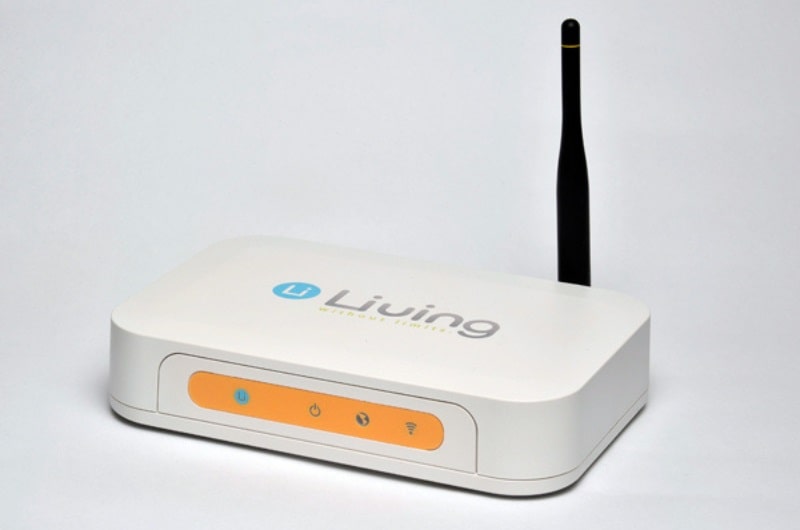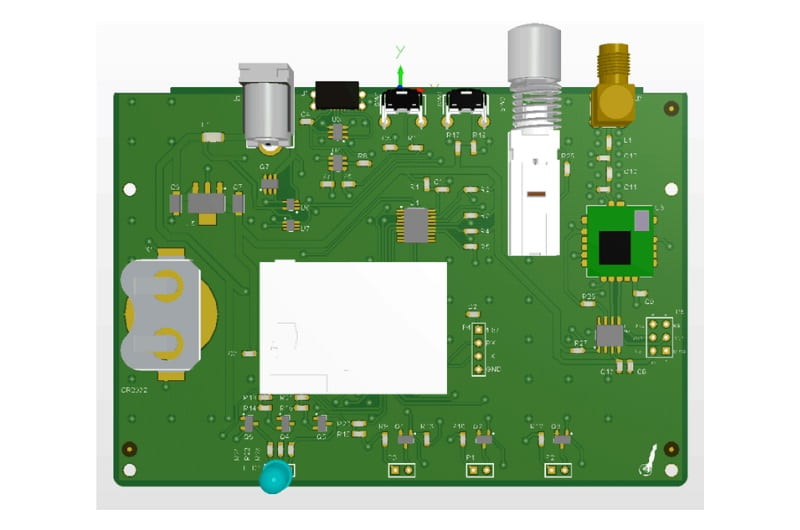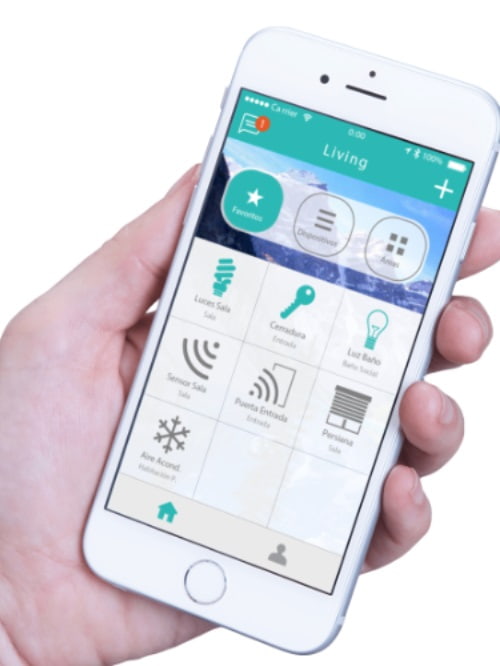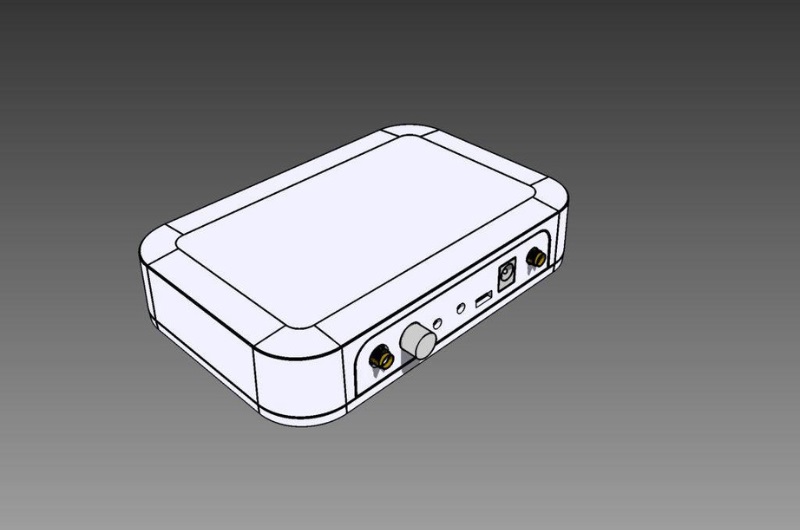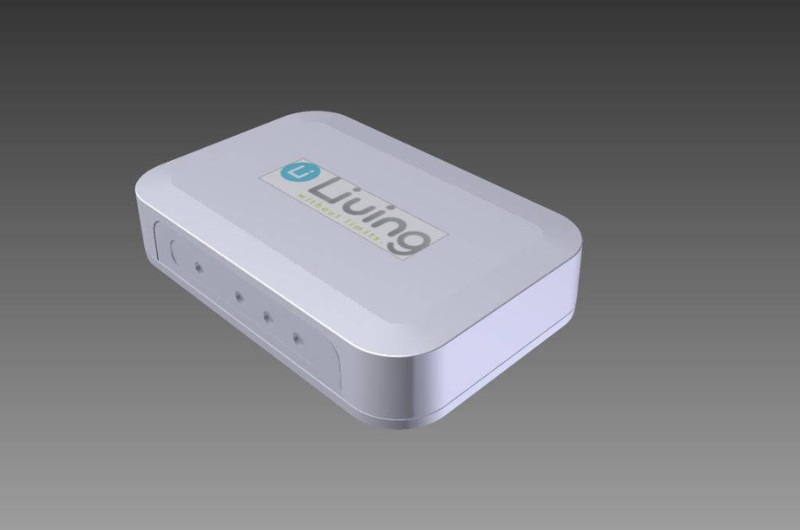Living Smart Hub
Consumer Electronics
DeepSea
Living Smart Hub is a home automation device built to have a real Smart Home, instead of an automated home. It is compatible with several home automation standards and communication protocols (wifi, Bluetooth, ZWave) to allow compatibility with multiple brands of devices. Provided with machine learning algorithms (AI) it learns the way people use the devices and automatically predicts behaviors.
2015
Year of development
100+
Engineering hours
4.5
User Rating
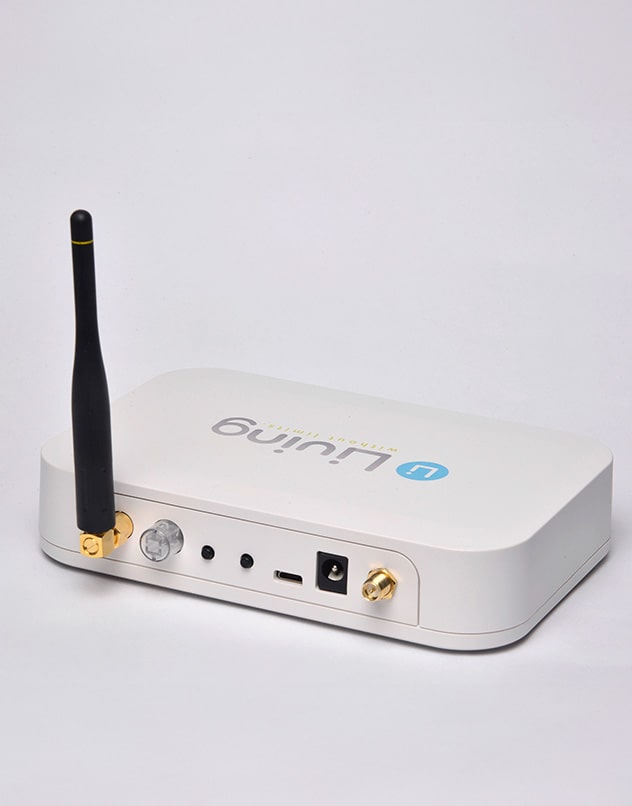
- All
- Device
- App
Customer challenge
Create an Internet of Things product that allows people to connect with their homes through a personalized operating system.
Our solution
We carried out the technology research and quick prototyping schematics, PCB design and enclosure selection, programming on embedded Linux, creation of LivingOS, and cloud integration.
Understanding the product's edge
Home automation has been around for decades. LivingHub was created to break the cycle of calling smart homes something that needed to be more smart. At that moment (before Samsung purchased SmartThings and Alexa was not so popular) the objective of the product was to have a brilliant home that could learn patterns, suggest automation, and eventually be used as an assistant to improve how life goes every day.
Where is the edge on this product?
In the firmware. It gives us the versatility of configuring the devices in different ways and exploring new business models. The control over the hardware and how it’s made, allows us to iterate its applications.
Technology Decisions
The brain: At the moment, a fast prototype was made with Atmel’s microcontrollers (Atxmega32A4U) as proof of concept and the first demo versions. Then the prototyping was done with Raspberry Pi but moved soon to other platforms as the form factor was not desired for a good-looking home device. We partnered with Intel to start working with Intel’s Edison board, which provided good performance while having a low footprint. Main protocol: Between ZigBee and Zwave. We chose the last one since Zigbee devices needed an addition to firmware to be compatible. Zwave was a rigid protocol, with fees to even prototype, but with a big ecosystem of all the needed appliances to have a versatile smart home, and with no compatibility issues.
Technical Description
- Wifi and Bluetooth (integrated into the Intel Edison board.
- Embedded Linux, with LivingOS a custom OS made with the Yocto Project.
- 9 to 12 DC voltage input.
- Zwave is compatible with all Zwave smart home ecosystems.
- RGB LED indicators for internet status, device status, and cloud connection
Imagine what we can create together.
What the customer said about our home automation device
Johan Osma
CEO AR Smart
"DeepSea's team helped us with the entire product design and development of the device, so we could focus on the sales of the product."
Living Smart Hub revolutionizes home automation by offering a truly intelligent system that learns, suggests automation, and acts as a personal assistant, making everyday life effortless and efficient.
More DeepSea Developments innovations





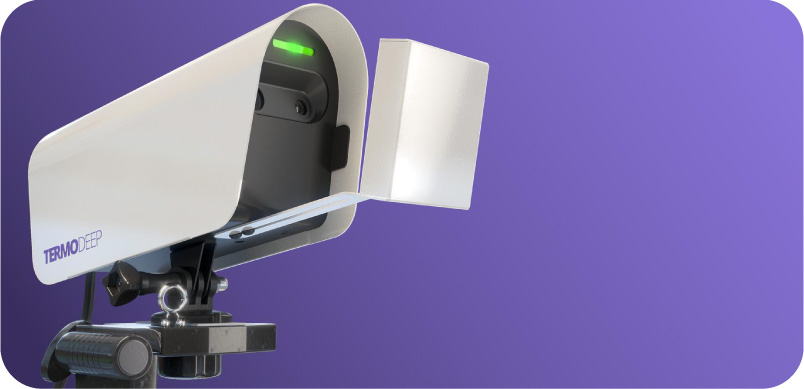
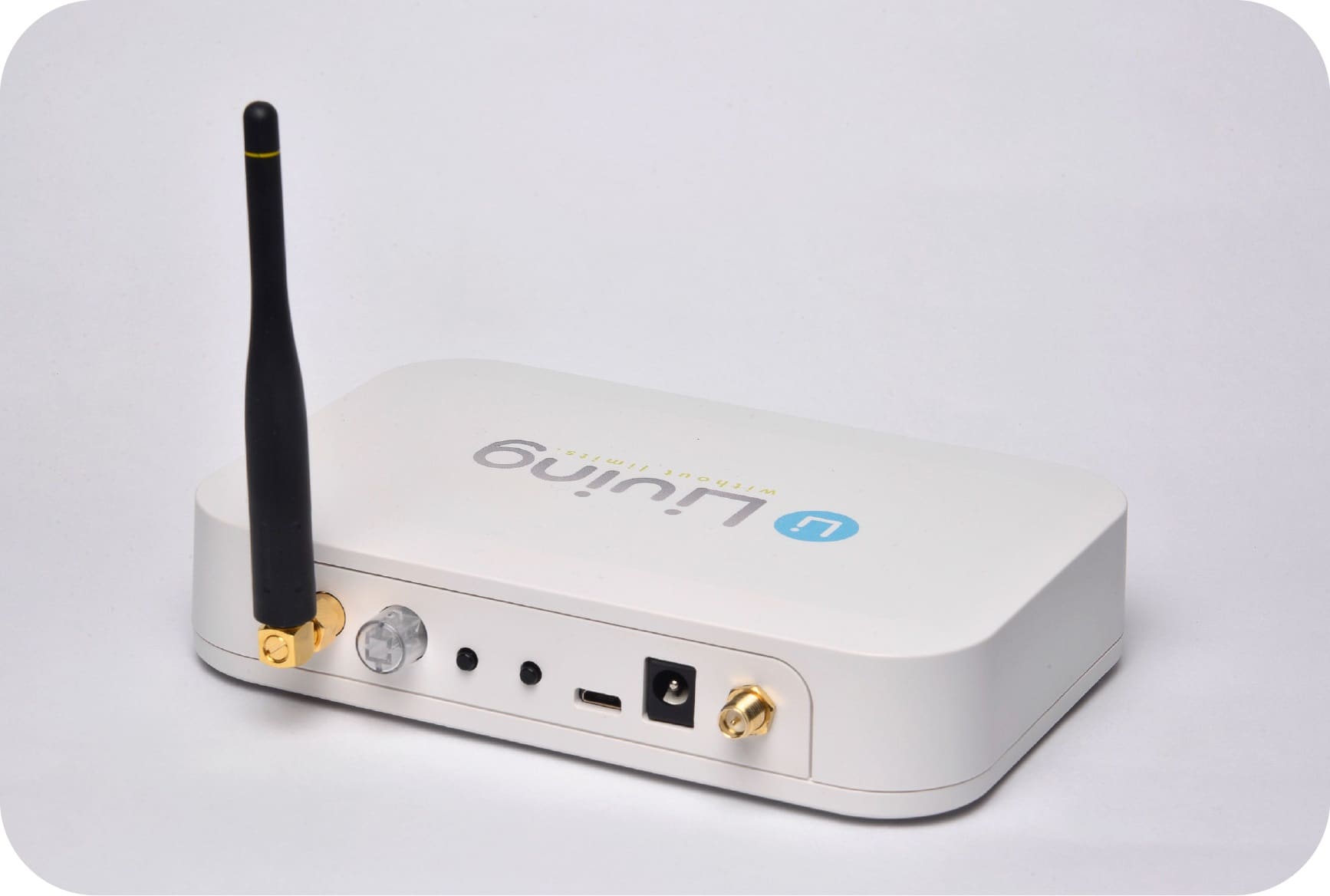



Your next product could be here
We build and develop state of the art electronic products. Get in contact with us and book a free consultation.

